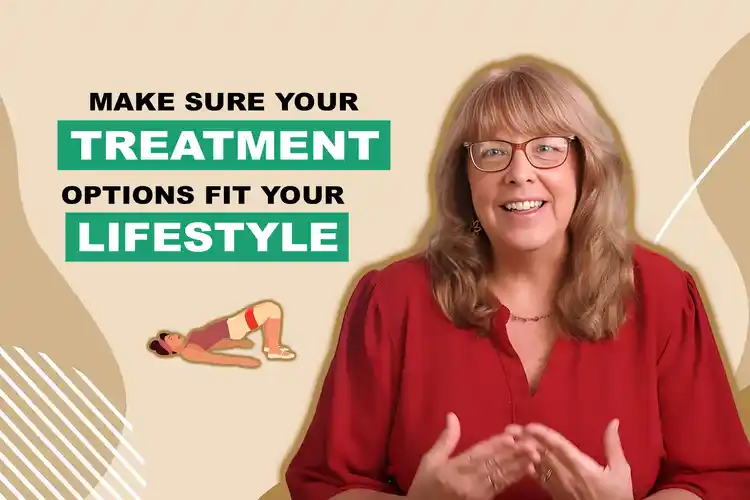
Medically Reviewed by Nazia Q Bandukwala, DO on August 08, 2024
Talk to your doctor about your OAB goals and potential lifestyle changes

Meet Your Guide

Debbie Cheskiewicz
Advocate
After a year of urinary accidents, Debbie Cheskiewicz of New York decided not to put her bladder health on the back burner anymore. Although overactive bladder (OAB) is a sensitive subject, she learned to think of it as something that’s just like any other condition. “Using pads or underwear for OAB is just part of life for people,” she says. She tried a couple of medications before finding one without bothersome side effects. And she also does exercises to strengthen her pelvic floor muscles.
